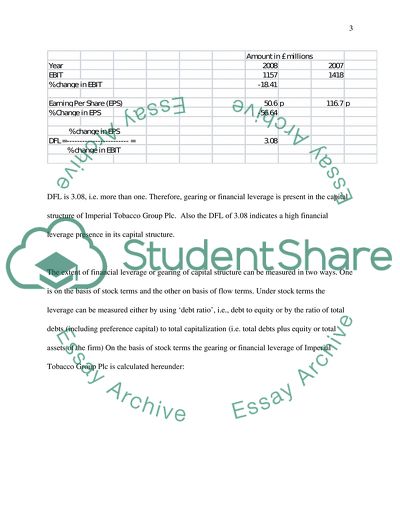Cite this document
(“Imperial Tobacco Group Plc and the Capital Structure With Financial Research Paper”, n.d.)
Imperial Tobacco Group Plc and the Capital Structure With Financial Research Paper. Retrieved from https://studentshare.org/finance-accounting/1720686-financial-and-risk-analysis
Imperial Tobacco Group Plc and the Capital Structure With Financial Research Paper. Retrieved from https://studentshare.org/finance-accounting/1720686-financial-and-risk-analysis
(Imperial Tobacco Group Plc and the Capital Structure With Financial Research Paper)
Imperial Tobacco Group Plc and the Capital Structure With Financial Research Paper. https://studentshare.org/finance-accounting/1720686-financial-and-risk-analysis.
Imperial Tobacco Group Plc and the Capital Structure With Financial Research Paper. https://studentshare.org/finance-accounting/1720686-financial-and-risk-analysis.
“Imperial Tobacco Group Plc and the Capital Structure With Financial Research Paper”, n.d. https://studentshare.org/finance-accounting/1720686-financial-and-risk-analysis.


